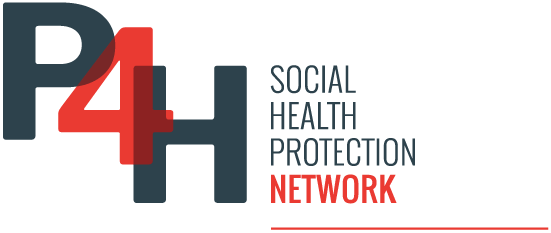A study in Economic & Political Weekly by Mamta Chaudhary, Prakash Babu Kodali, and T Sundararaman assesses publicly funded health insurance (PFHI) schemes in India using nationally representative data from the 2022–23 Household Consumption Expenditure Survey (HCES). It examines enrolment levels, utilisation patterns, and the schemes’ effectiveness in reducing out-of-pocket expenditure (OOPE) and catastrophic health expenditure (CHE) after four years of PM-JAY rollout. While enrolment has notably increased, with over 60% of hospitalisations among insured households occurring in the public sector, effective coverage remains limited: only around 25% of households report awareness or enrolment, and just 35% are able to use benefits due to systemic barriers.
Despite higher healthcare utilisation, the study found no clear evidence that PFHI provided robust financial protection. Insured households incurred higher OOPE in both public and private hospitals, and CHE rates remained substantial, particularly for private-sector care. The authors call for stronger implementation frameworks, bolstered public-sector capacity, and more rigorous research, especially to evaluate PM-JAY’s long-term impact and explore barriers to achieving universal financial protection.
